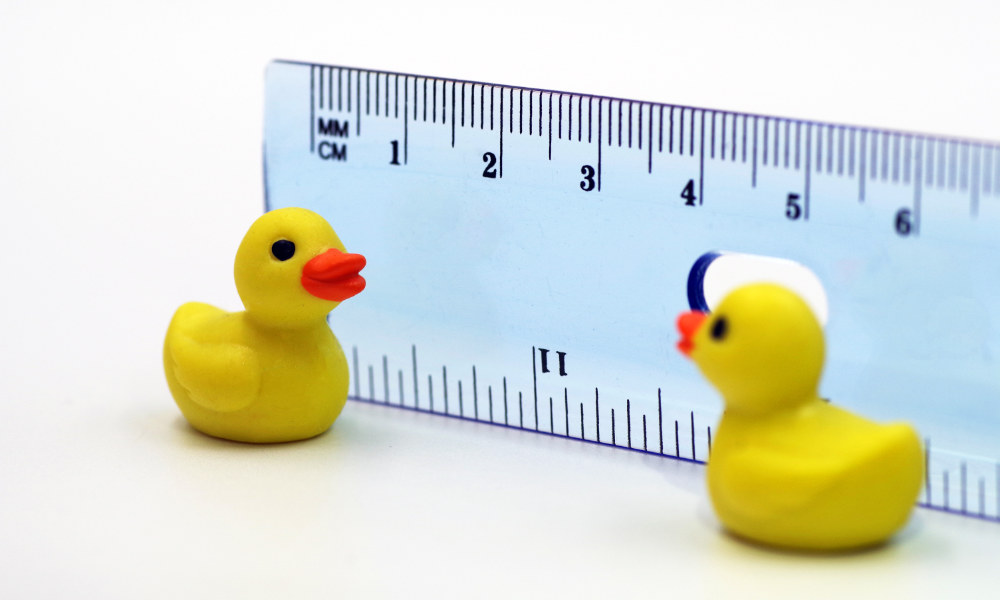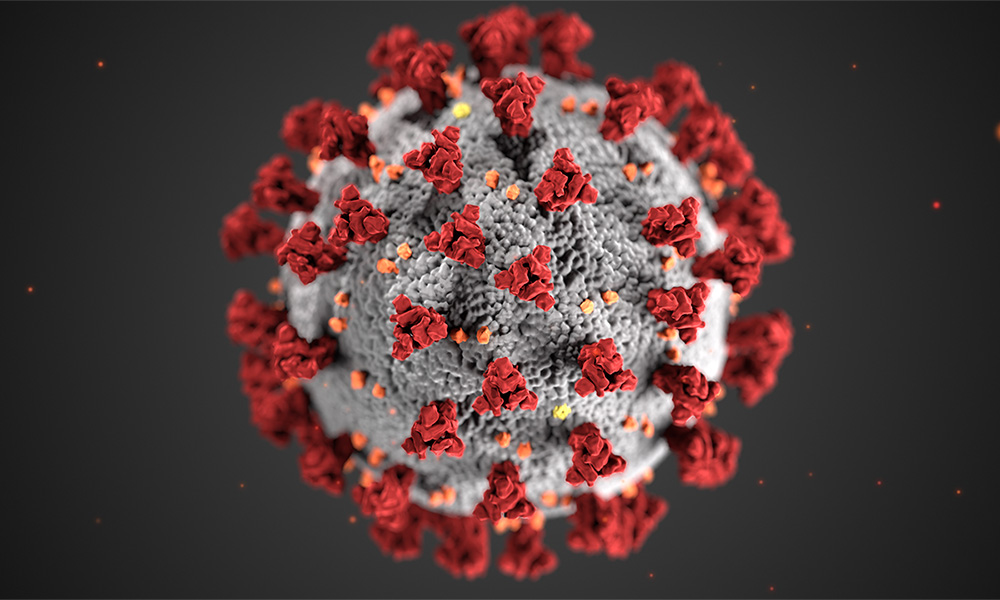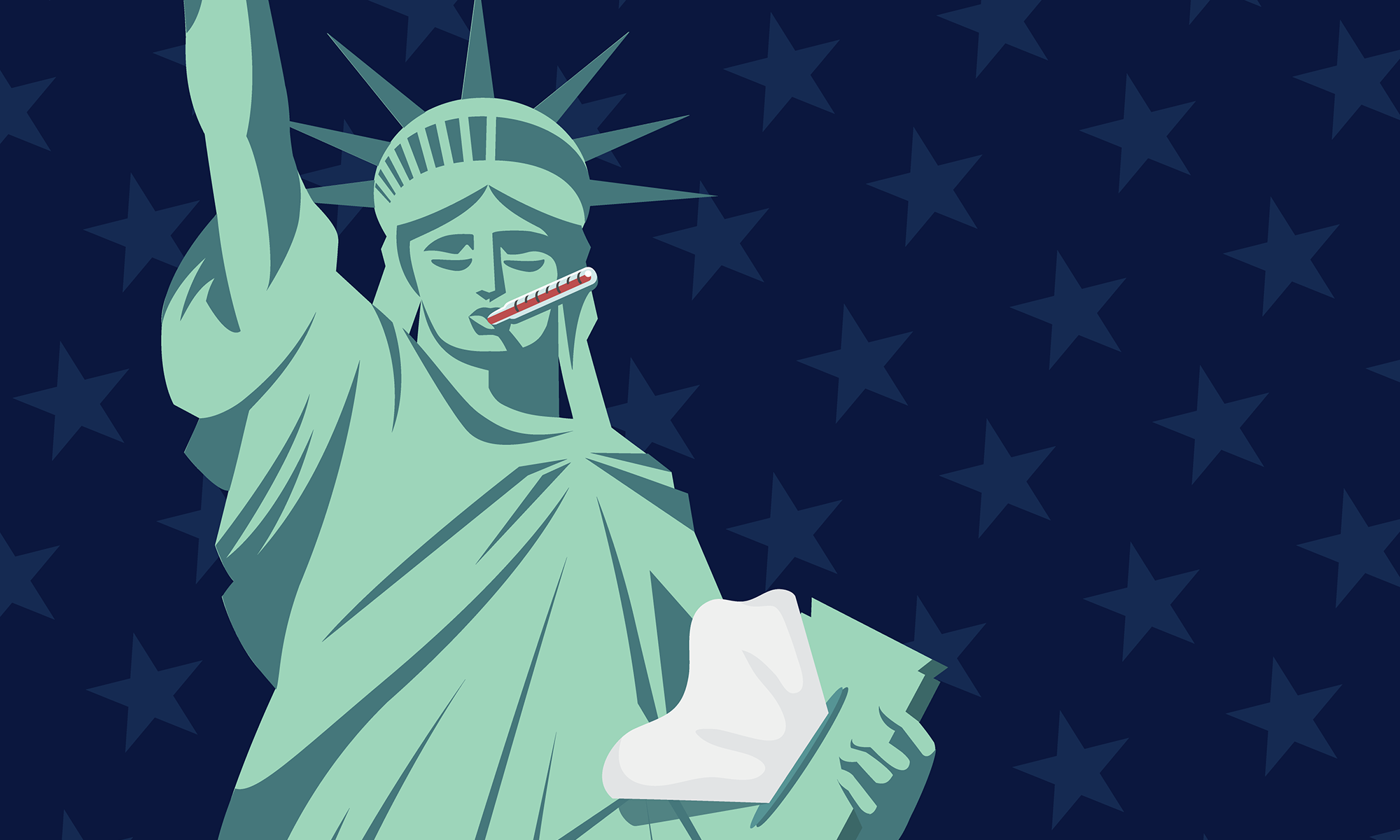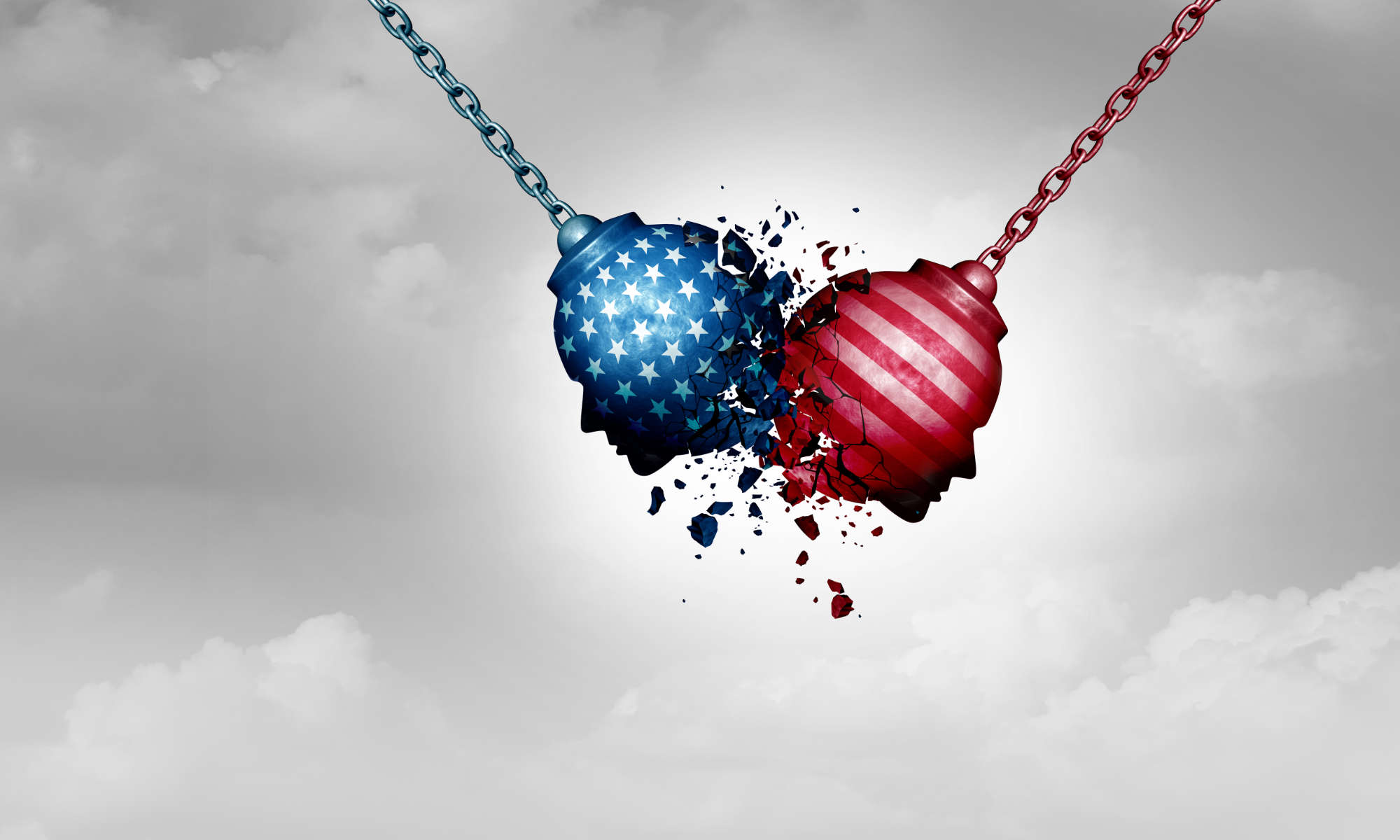The $2 trillion stimulus plan signed by the president likely won’t be adequate to save the US economy from collapse, according to University of Rochester economics professor Narayana Kocherlakota, a former president of the Federal Reserve Bank of Minneapolis.
“I think the package has been written with the idea that we’re going to be largely out of the woods by the end of June,” Kocherlakota says. “My own forecast of the economy is less optimistic. Congress will have to come back to do more. We will have to go higher than 2 trillion.”
Coronavirus update
The University’s website is a way to find guidance and critical information during a rapidly changing situation.
COVID-19 symptoms or exposure?
Find out what to do if you or a close contact have symptoms or think you may have been exposed.
Kocherlakota, the Lionel W. McKenzie Professor of Economics at Rochester, says that while many pundits and policymakers are making comparisons to 2008, the last time the economy fell into a deep recessions, the situation brought on by the coronavirus pandemic face is fundamentally different from that of 2008 and requires different responses.
How is the economic situation now different from the Great Recession of 2008–09?
In 2008 and 2009, the productive capacity of the United States had not changed at all. Any fall in output was waste and a sign that we weren’t using all of our productive possibilities to their fullest potential. In that case, the stimulus was an attempt to get consumers to buy more goods and services or to be engaged in projects so that workers could be employed. In 2008 and 2009, the recovery was inspired by very traditional thinking rooted in the experiences of the Great Depression, as well as recessions in the post-World War II period.
Now we have a very different situation. Now the government wants a pause in economic activity. During this pause phase when we don’t want people working and we don’t have the same level of goods and services being produced, the question is how people and corporations continue to have enough money to stay afloat.
Is the $2 trillion stimulus package recently signed into law the right approach?
There are a lot of holes in this package that have become manifest very quickly. What they’ve done for households is too limited. What they’ve done for state and local governments is also too limited. I think the package has been written with the idea that we’re going to be largely out of the woods by the end of June. My own forecast of the economy is less optimistic. Congress will have to come back to do more. We will have to go higher than 2 trillion.
Are you concerned about deficit spending right now?
The interest rates are really low, so why not borrow? I think that US debt is highly valued and people seem to want it as much as anything in this current environment. So I think we should be making use of that ability in order to help the economy.
Is the federal government taking the right steps in helping corporations?
I see the justification for helping households and workers out during this difficult time. It’s essentially a shock that we all have to take on. Some of us can work from home and will continue to get paid. Others don’t have that capability. If you’re a restaurant worker, you likely lost your job. So I think there’s an insurance aspect that the government will have to play here. I am less convinced of the positives of subsidizing corporations. These corporations have access to corporate debt markets; they just have to borrow at a higher rate. They have the ability to issue equity; they just have to give up a lot of shares in order to raise those funds. Why are we not making them do that?
What can the Fed do at this point?
Along with cutting its benchmark interest rate to zero, the Fed is playing a big role in backstopping corporations. They set up a couple of facilities that allow them to do a lot of lending. One allows direct lending to corporations and another allows them to purchase corporate debt in the secondary market—both of which will basically lower the rate at which corporations are able to borrow.
So the Fed has been doing a lot, and they promise to do even more. The facilities they set up now are designed to support corporations that have access to corporate debt markets. Obviously a lot of small businesses don’t have that kind of access, so the Fed will set up a so-called Main Street facility that will allow them to lend to small businesses, complementing the efforts of the Small Business Administration.
What do the drastic swings in the stock market tell us?
The sharp decline reflected elevated risk to the economy and an aversion to that risk. That’s at a qualitative level. The magnitudes of the moves in the market have been somewhat surprising. Once you get into new territory like this, it’s difficult to know what kind of pricing to assign to financial assets. As a result, you end up with a lot of volatility, which is what we’re seeing.
Should we just buckle in and prepare for a wild ride?
The safest answer is yes, but even that is unclear. The reason the market declined as much as it did is not because we all expect to have a two-month holiday before going back to work. If we all knew that with certainty, I don’t think we’d have seen the kind of market we’ve had. Rather, there’s a lot of uncertainty over how long the downturn will last, how protracted it will be, and what the world will look like afterward. The recent rise in the stock market was a reaction, in part, to the government response. But it was also due to the perception that the government will step up if more help is needed.
Read more

‘Make every effort to connect—digitally—with other people’
How best to handle the psychology of social distancing? Two Rochester psychologists offer ideas.

How do you slow a pandemic?
A Rochester health policy expert, physician, and historian, says a modern understanding of epidemiology is key to dealing with pandemics like coronavirus.
 Tips for parents to support kids during coronavirus closings
Tips for parents to support kids during coronavirus closingsA Rochester school counseling expert says that it’s important to develop and maintain a culture of caring—not only at school, but also at home.




